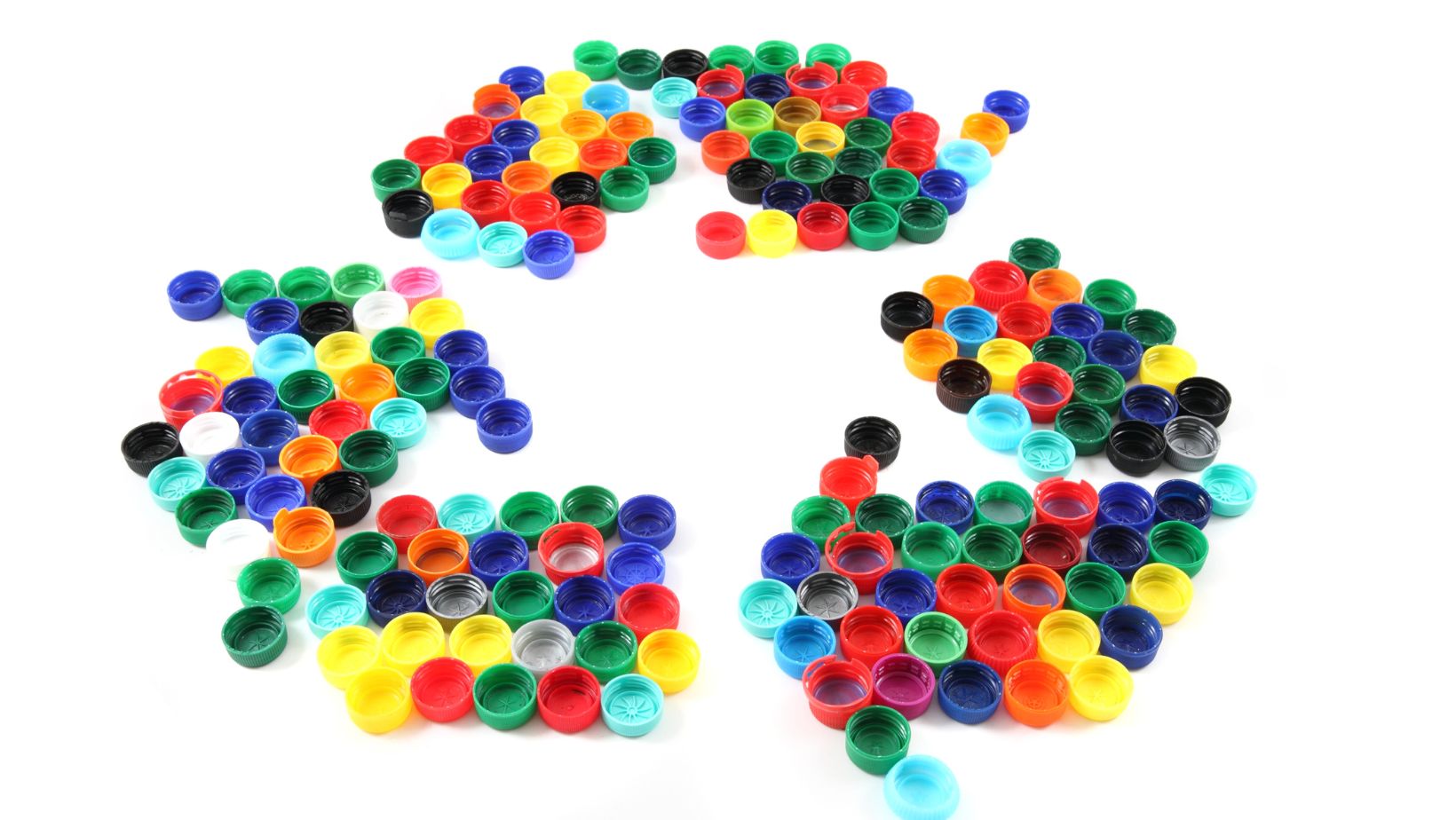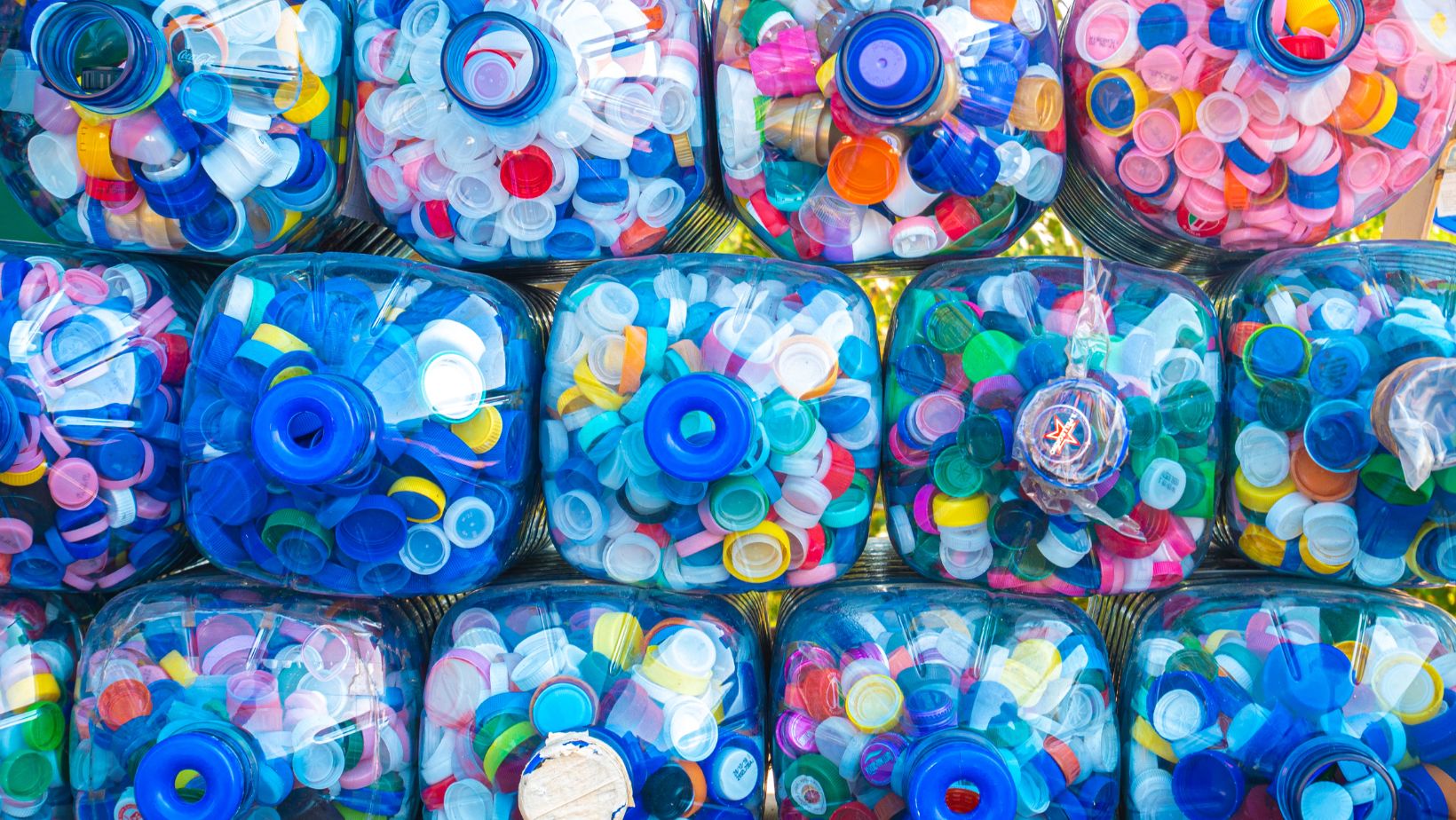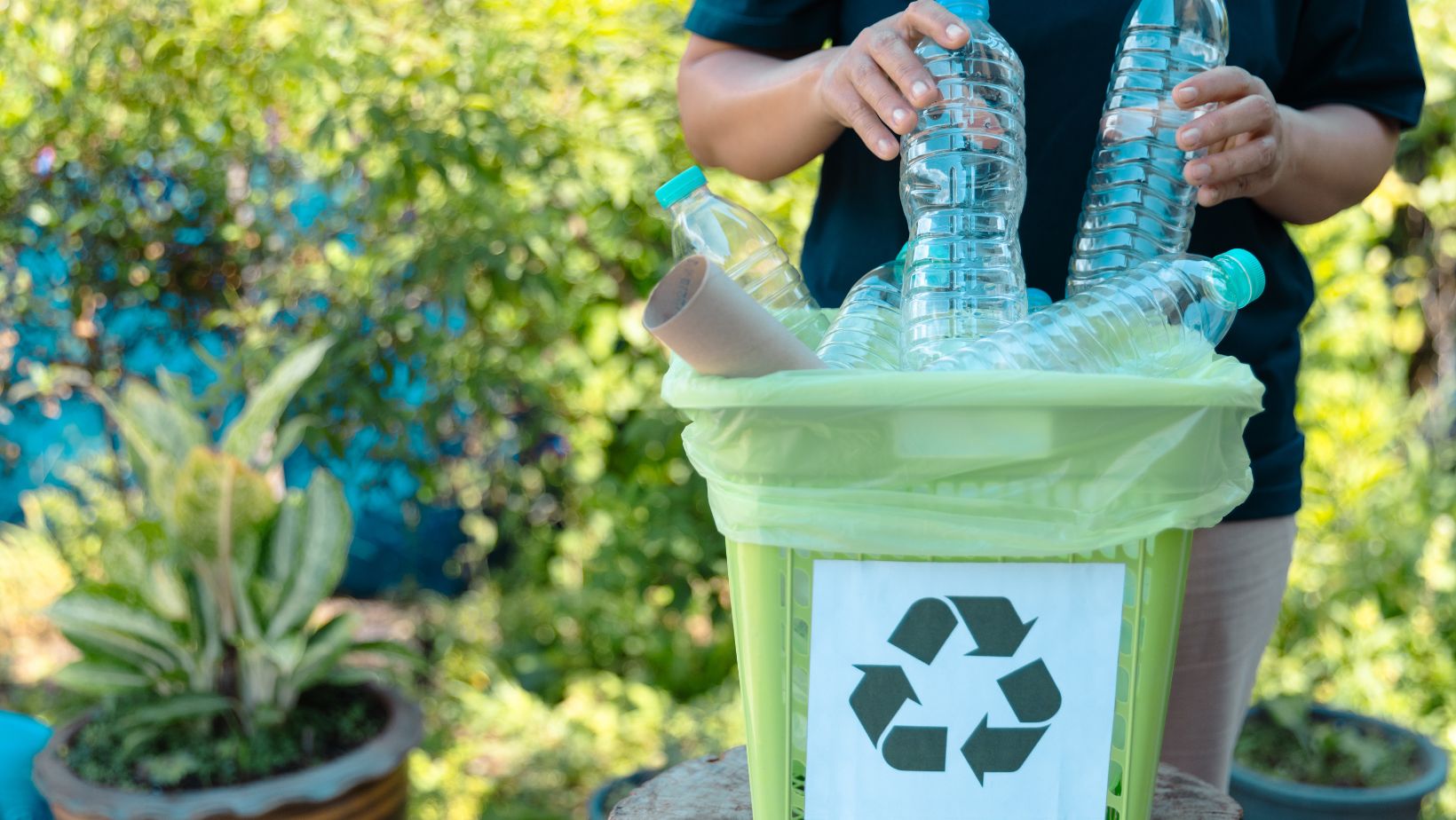 Polythene is a type of plastic that we use every day. You can find it in shopping bags, packaging, and bottles. You probably know that our planet currently has some problems with plastic pollution. That’s why recycling polythene is important, as it helps us use less new plastic. However, the problem is that recycling polythene isn’t an easy process. Unfortunately, it sometimes comes dirty or mixed with other materials, which makes it hard to recycle. Also, when we recycle polythene the usual way, it can become less strong and not as good as new plastic. This is the reason scientists and companies are working on finding better ways to recycle polythene, as it can significantly reduce the harm to our planet.
Polythene is a type of plastic that we use every day. You can find it in shopping bags, packaging, and bottles. You probably know that our planet currently has some problems with plastic pollution. That’s why recycling polythene is important, as it helps us use less new plastic. However, the problem is that recycling polythene isn’t an easy process. Unfortunately, it sometimes comes dirty or mixed with other materials, which makes it hard to recycle. Also, when we recycle polythene the usual way, it can become less strong and not as good as new plastic. This is the reason scientists and companies are working on finding better ways to recycle polythene, as it can significantly reduce the harm to our planet.
How Does Polythene Recycling Work Today
Traditional Recycling Methods
We have been using traditional recycling methods since 1972. The idea behind it is that we take used polythene, for example old shopping bags, clean them, melt them down, and turn them into new things. It’s a completely working process, but there is one downside – every time we recycle polythene this way, it gets less durable. That means it can’t always be used for products that need strong plastic.
Advances in Chemical Recycling
Chemical recycling is a newer way to recycle polythene. Instead of just melting it down, this method breaks the polythene into its basic building blocks. These blocks can then be used to make brand new polythene that’s just as good as the original. This is great because it means we can recycle more polythene without losing quality.

However, this method is still new and can be expensive. Not everyone uses it yet because special machines and technology are required.
New Innovations in Polythene Recycling
Today, scientists are coming up with new ways to recycle polythene. Currently, there are two promising methods:
Enzyme-based recycling. This method uses special proteins called enzymes to break down polythene into small parts. To better understand the process, imagine that you are using a pair of scissors to cut a big piece of paper into tiny pieces. These tiny pieces can then be put back together to make new plastic. The best thing about this method is that it doesn’t make the new plastic product less durable. This means that we can use it for the same things as before.
Pyrolysis. The idea behind this process lies in heating up polythene without any air; consider this as cooking it without oxygen. When polythene is heated this way, it breaks down into oil and gas that can be used to make new plastic or even as a type of fuel. Pyrolysis is a great method because it can handle different kinds of polythene waste, even if it’s dirty or mixed with other materials.
Both of these technologies provide good results as they help us recycle more polythene. With them it is possible to turn old plastic into new plastic without losing their durability. This means that we can keep using recycled polythene for all sorts of products.
PCWflex as a New Generation of Polythene
Polystar plastics released a new technology called PCWflex. It allows polythene products to be made partly or fully from post-consumer waste (PCW) polymers instead of virgin polyethylene (PE) derived from fossil fuels. The PCW material comes from plastic waste that is collected, cleaned, shredded, and re-pelletized.
The recycled PCW pellets are incorporated into the middle layer of a multi-layer polythene film structure during co-extrusion manufacturing.

This allows the recycled content to be used without compromising the clarity, strength, or performance of the outer layers of the film. PCWflex films can contain anywhere from 30% up to 100% recycled PCW polymer while still meeting the technical requirements for products like bags, films, and packaging.
Utilizing post-consumer plastic waste as a feedstock reduces the amount of new virgin plastic being produced from fossil fuel sources. It also helps divert waste from landfills and the environment by providing an outlet to recycle single-use polythene products. This approach supports a more circular lifecycle for plastic packaging.
Final Word
With these changes in polythene recycling and all of the innovative steps companies are taking already within our reach, we can confirm that the journey to more sustainable plastic use is taking off. The technologies and projects highlighted above are not just promising greener days ahead; they are currently dedicated to greener today. Groundbreaking recycling processes and a focus on recycled factors in new products ensure that each improvement is a shared activity that will help us save our environment.















